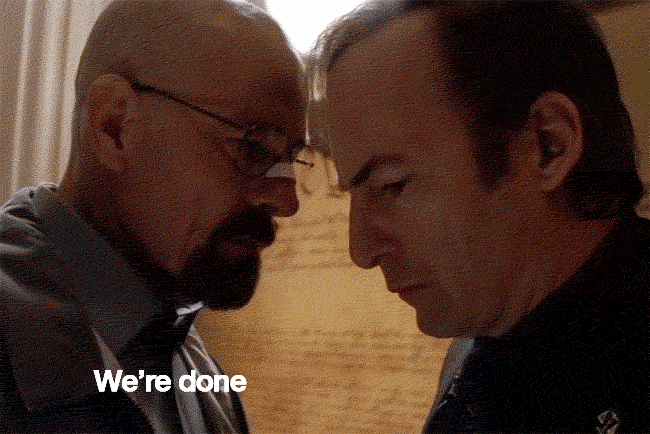The August inflation report was more disappointing than NFL kickers on Sunday, teeing up another gigantic interest rate hike from the Fed next week. Consumer prices in August increased 0.1% from the previous month and 8.3% compared to a year ago—more than anticipated. Economists had expected inflation to continue its downward trend from July, when prices didn’t increase at all, but apparently we can’t have nice things. So what happened?The popular theory was that plummeting fuel prices would push costs down across the economy. And gas prices have plummeted—they fell 10.6% in August, and as of Tuesday they’ve dropped for 91 consecutive days. Some of you may have even glimpsed a $2 figure when filling up. But the deflationary fumes wafting from gas stations have not spread to other sectors. Core CPI, which removes volatile food and gas prices, jumped 0.6% last month, driven by price increases in rents, new cars, medical care, and other areas. Food prices also spiked in August. The Fed is on deckAugust’s hot inflation data bolsters the central bank’s plan to hike rates by 0.75 percentage point at its meeting next week. While that may seem like a tiny number, it will spur a considerable increase in borrowing costs for individuals and businesses. (Remember, the European Central Bank had never hiked rates by 0.75% until it did last week.) But Fed Chair Jerome Powell, whose job description is to get inflation to 2%, sees no other option than to continue jacking up three-pointers. In his much-hyped Jackson Hole speech last month, Powell said that even though sustained interest rate increases will bring “some pain” to Americans, letting inflation rip for longer would be even worse. Due to inflation’s stubbornness, the chances of Powell bringing the pain likely increased yesterday.—NF |  Breaking Bad/AMC via Giphy
Breaking Bad/AMC via Giphy Breaking Bad/AMC via Giphy
Breaking Bad/AMC via Giphy
No comments:
Post a Comment